Hyundai’s KONA deploys design to win new admirers
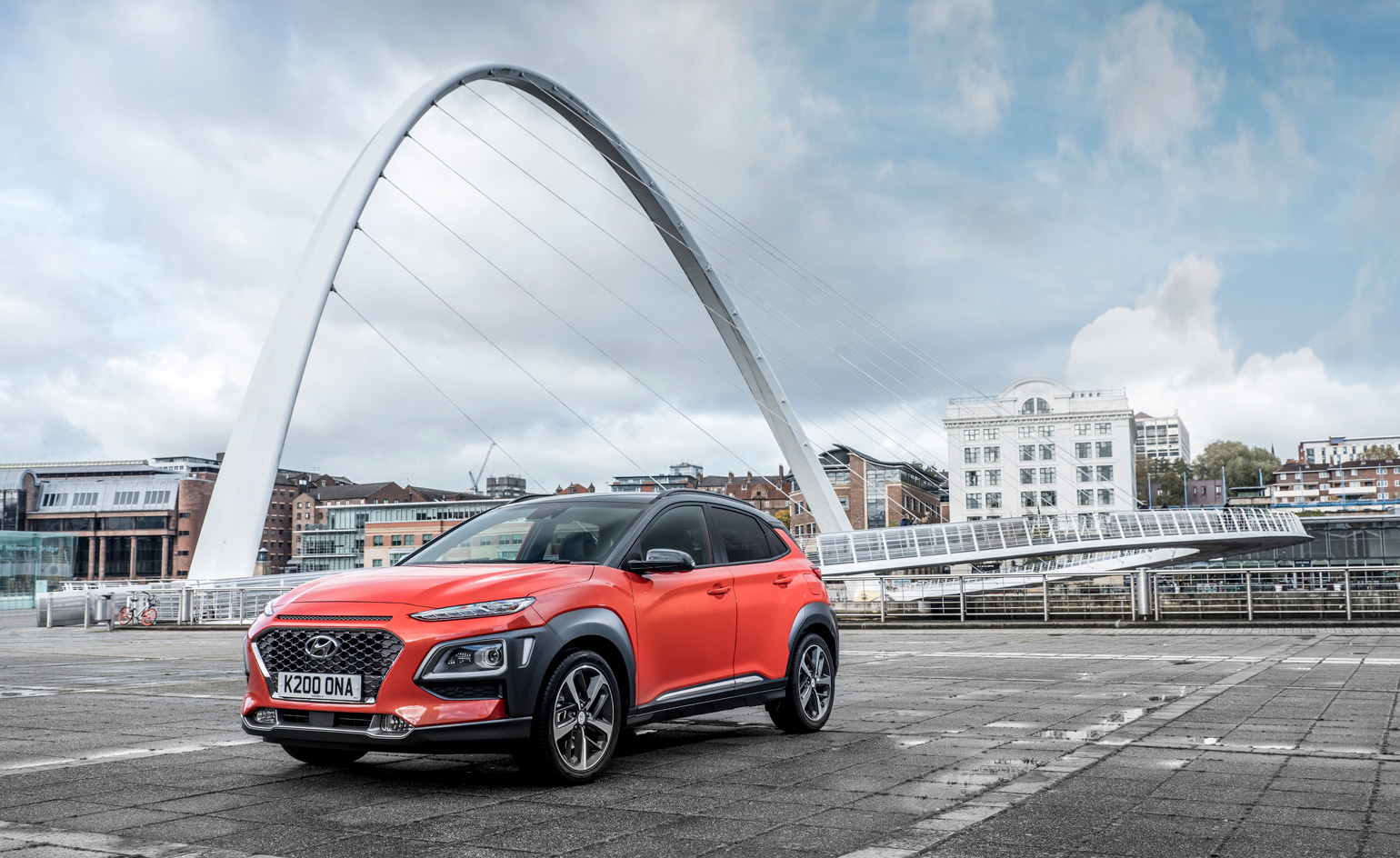
Hyundai’s design renaissance has been widely reported. Not content with steadily improving its reputation for reliability and no-nonsense engineering, the Korean manufacturer, made the bold decision to pitch its models upmarket. To do this, just over a decade ago it deployed the not inconsiderable talents of Peter Schreyer, the German designer who made his name at the Volkswagen Group, helping steer Audi in particular towards its rock-solid image of towering Teutonic design excellence.
Schreyer is now both Chief Designer and a company president, and the company’s fortunes have been transformed. Price-wise, Hyundai tends to aim itself squarely and unashamedly at the middle market; it’s a company that believes in value but is also keen to banish any low-budget implications. Pair the Schreyer design sensibility with a steely resolve to do things more efficiently than its rivals in Europe or Japan, and you get an atypical car company, one that is untrammeled by the demands of brand and image. As a result, its customers tend to have a similar attitude.
This is the new Hyundai KONA. The quirky urban-centric mini SUV vehicle is a mainstay of almost every car maker’s range these days, from high to low end, and it’s taken Hyundai a while to follow suit. It’s also why the KONA has to stand out, and why there is so much busy design in this sector. The energetic surfacing and over-sculpted forms of close rivals like the Nissan Juke and Toyota CH-R have laid a blueprint for the modern compact crossover: it’s a car that makes a statement.
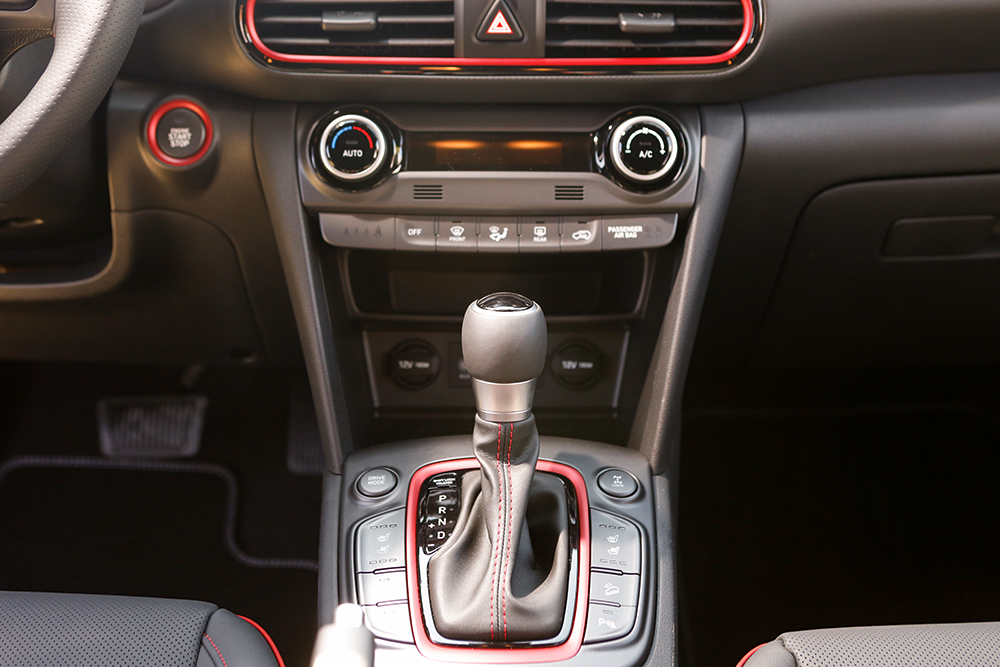
Hyundai KONA, interior view
The KONA is no different. Visually, there’s a hell of a lot going on here, from the chunky plastic wheel arches that bleed into the front and rear light surrounds, or the kinked C-pillar and ‘floating’ roof, while the car’s flanks are fashionably pinched to make a chamfered, slender mid-section. Hyundai’s fluid design language isn’t as baroque as its rivals, and the emphasis on ‘fluidic sculpture’ is designed to combine organic and artistic influences. The end result is futuristic but also rather more timeless than other manufacturers; there’s no novelty for novelty’s sake. Impressively, the KONA all hangs together (although the insistence on pasting bits of body coloured trim all over the cabin goes a bit far).
The KONA is fundamentally a very likeable car. It’s functional without being bland, carefully styled without being gauche and technically very competent. The high levels of equipment shame many of its rivals and behind the wheel it has that soft, easy drivability that probably appals purists but is a pleasure to deal with 90% of the time.
The auto industry is in the midst of massive upheaval. Hyundai – and its sister company Kia – finds itself very well placed, especially amongst the army of consumers who never much cared for the rigid market pigeonholing practiced by the big brands. With electric and autonomous cars waiting in the wings (and there’s no indication that Hyundai is any different in this respect), the industry is expecting a new generation of consumers with a completely different approach to buying and using cars. Without the baggage of brand and with the benefit of strong design, the company is set to be quietly revolutionary in years to come.
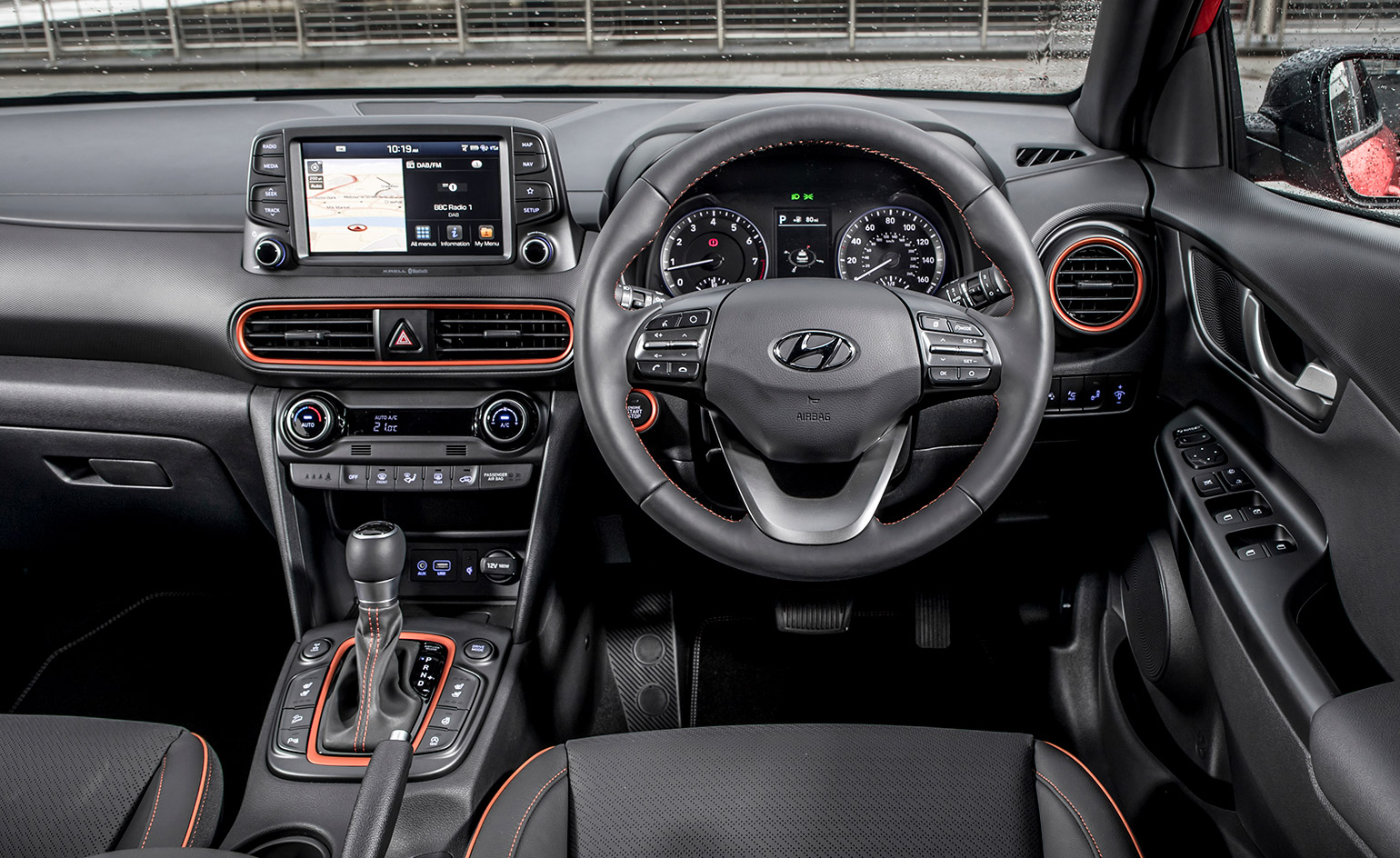
Behind the wheel, high levels of equipment shame many of its rivals, and it has a soft, easy drivability
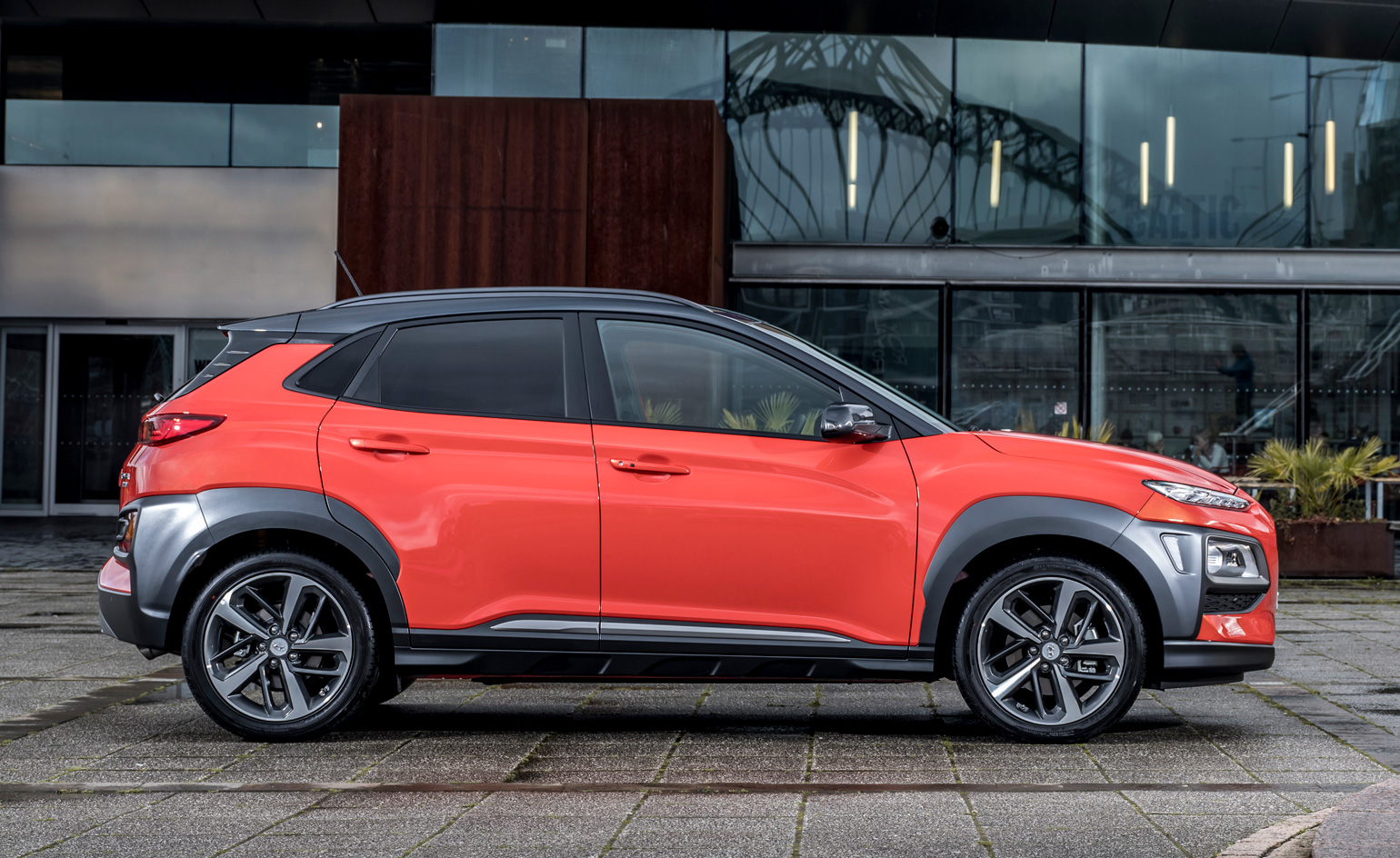
The vehicle’s flanks are fashionably pinched to make a chamfered, slender mid-section
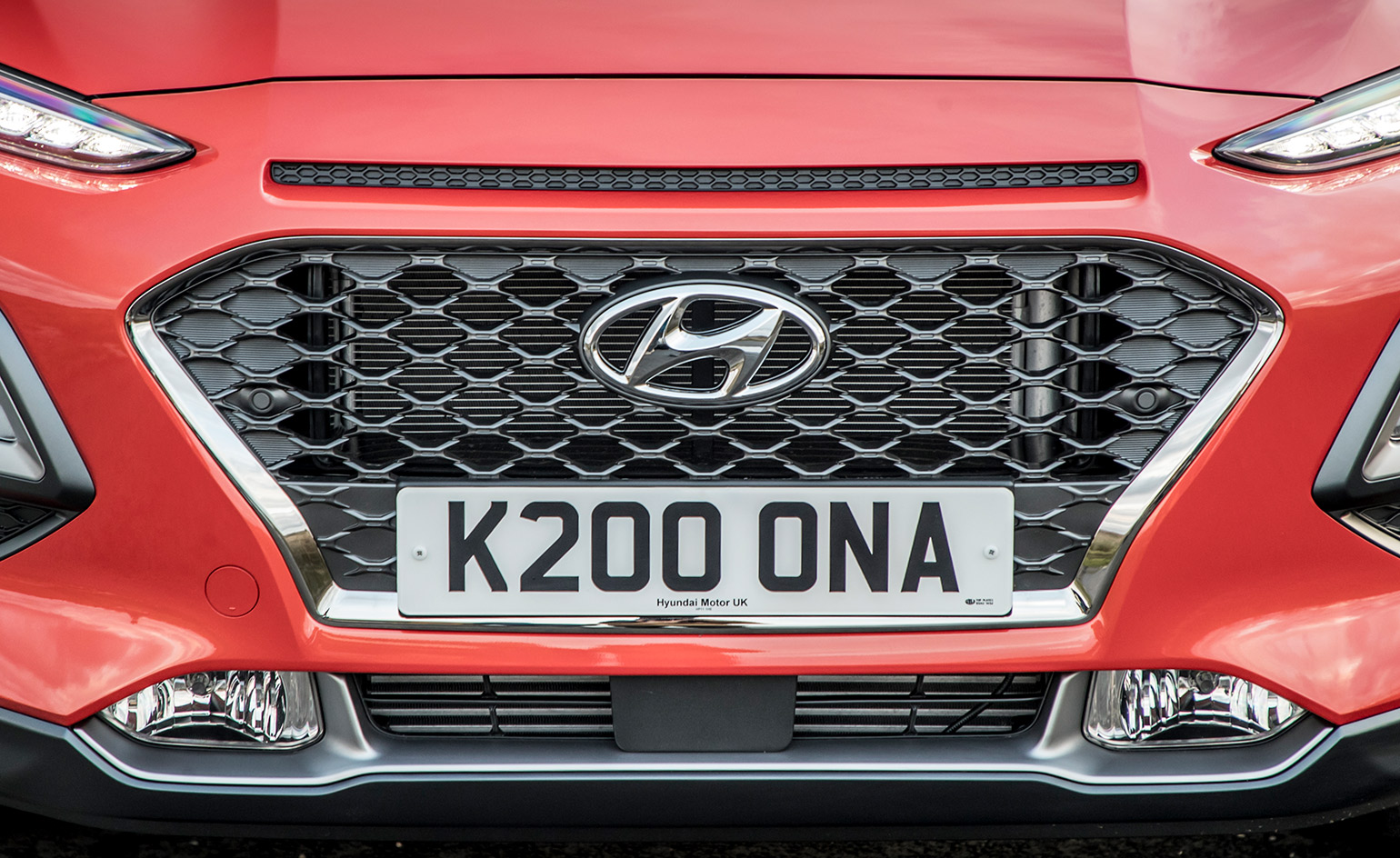
The emphasis on ‘fluidic sculpture’ is designed to combine organic and artistic influences
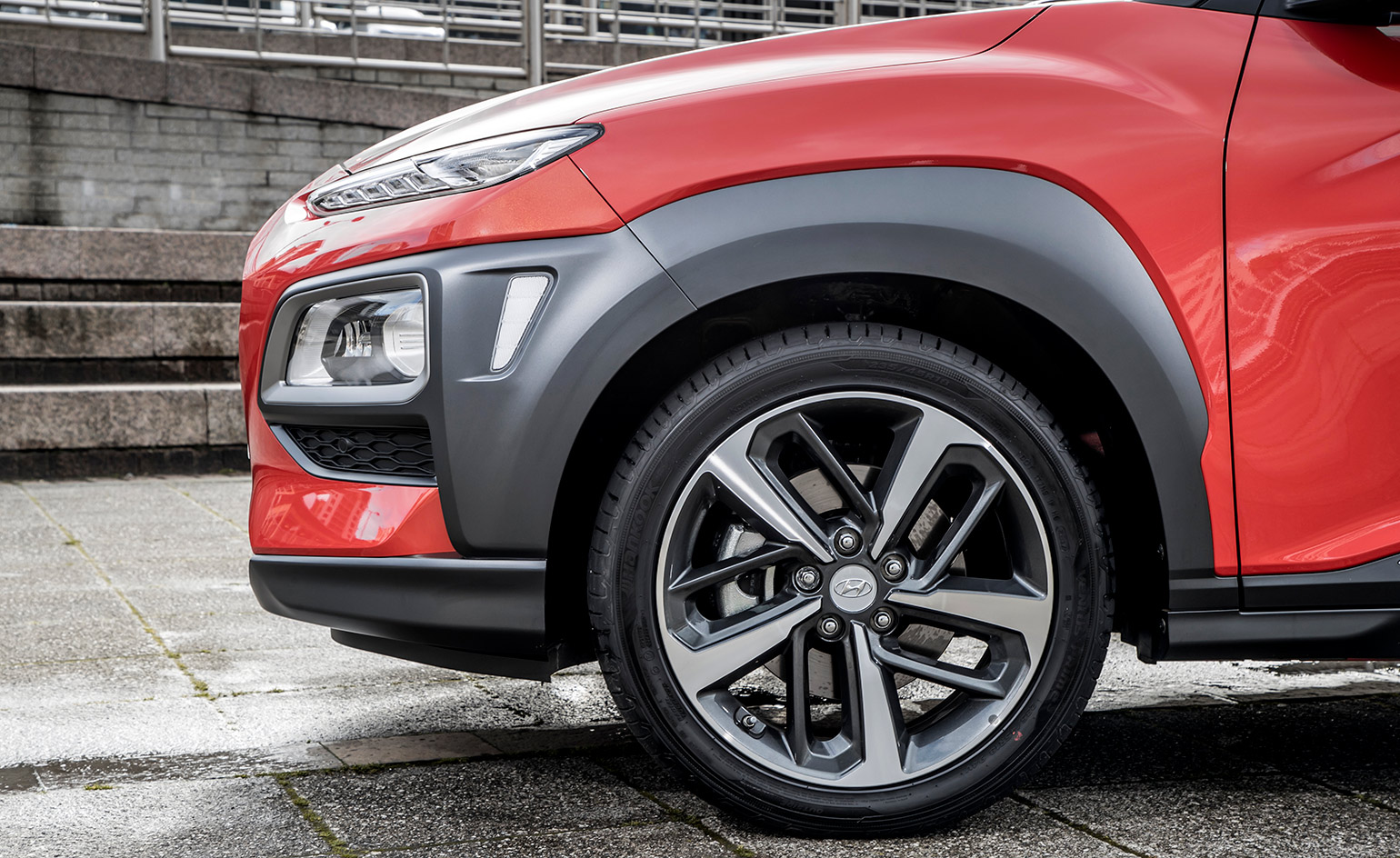
Chunky plastic wheel arches cover the front and rear light surrounds
INFORMATION
Hyundai KONA, from £16,195
Wallpaper* Newsletter
Receive our daily digest of inspiration, escapism and design stories from around the world direct to your inbox.
Jonathan Bell has written for Wallpaper* magazine since 1999, covering everything from architecture and transport design to books, tech and graphic design. He is now the magazine’s Transport and Technology Editor. Jonathan has written and edited 15 books, including Concept Car Design, 21st Century House, and The New Modern House. He is also the host of Wallpaper’s first podcast.
-
 Japan in Milan! See the highlights of Japanese design at Milan Design Week 2025
Japan in Milan! See the highlights of Japanese design at Milan Design Week 2025At Milan Design Week 2025 Japanese craftsmanship was a front runner with an array of projects in the spotlight. Here are some of our highlights
By Danielle Demetriou
-
 Tour the best contemporary tea houses around the world
Tour the best contemporary tea houses around the worldCelebrate the world’s most unique tea houses, from Melbourne to Stockholm, with a new book by Wallpaper’s Léa Teuscher
By Léa Teuscher
-
 ‘Humour is foundational’: artist Ella Kruglyanskaya on painting as a ‘highly questionable’ pursuit
‘Humour is foundational’: artist Ella Kruglyanskaya on painting as a ‘highly questionable’ pursuitElla Kruglyanskaya’s exhibition, ‘Shadows’ at Thomas Dane Gallery, is the first in a series of three this year, with openings in Basel and New York to follow
By Hannah Silver
-
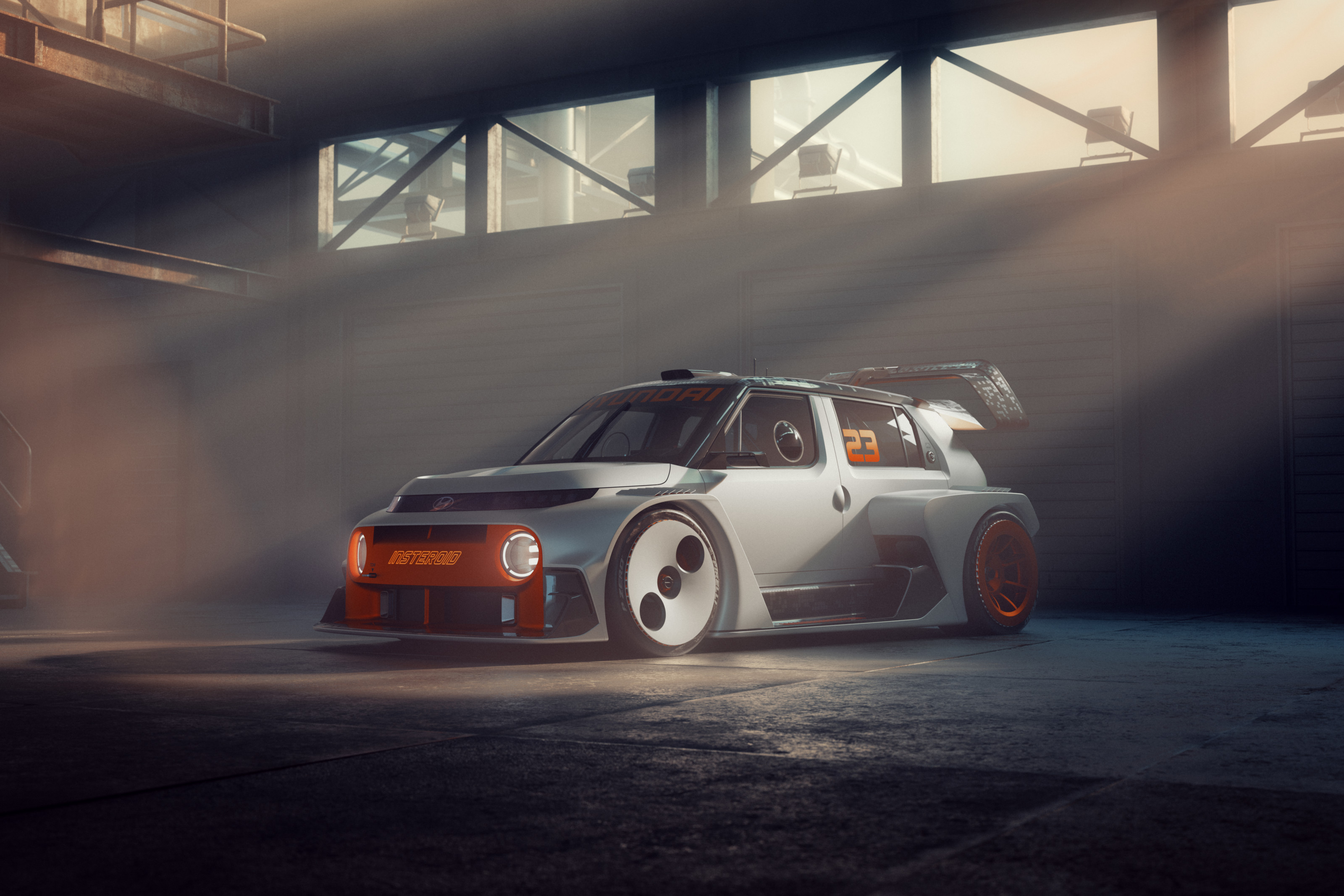 2025 Seoul Mobility Show report: all that's new and notable
2025 Seoul Mobility Show report: all that's new and notableOpened at a time of high national drama, the 2025 Seoul Mobility Show has gone on to underscore Korea’s place at the cutting edge of the auto industry. Guy Bird was there
By Guy Bird
-
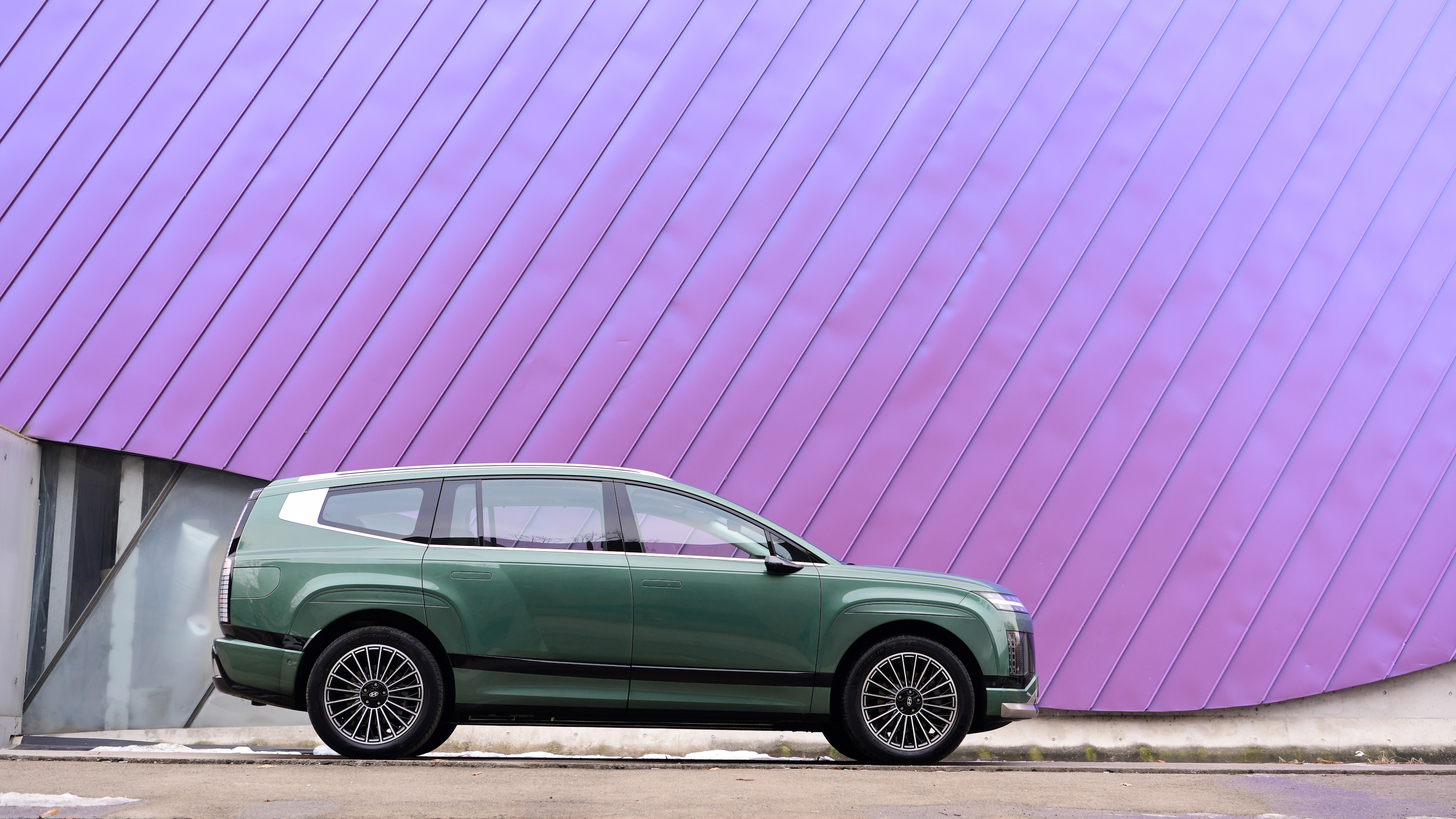 Long-range, refined and spacious, the new Hyundai Ioniq 9 is like a private jet on wheels
Long-range, refined and spacious, the new Hyundai Ioniq 9 is like a private jet on wheelsWallpaper* takes the Ioniq 9 on an electric road trip from Seoul to Busan to explore Hyundai’s newest and largest EV to date
By Jonathan Bell
-
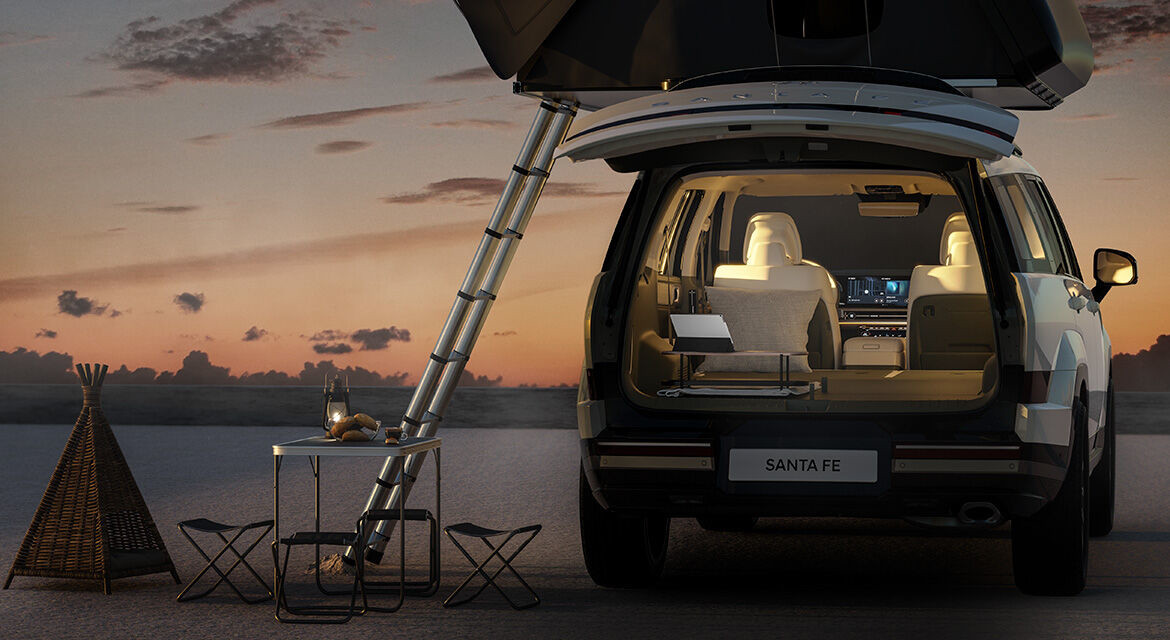 New-generation car camping and roof tents for luxury-loving adventurers
New-generation car camping and roof tents for luxury-loving adventurersCar camping is having a moment. While Hyundai and Porsche can get you kitted up, we explore other options
By Jonathan Bell
-
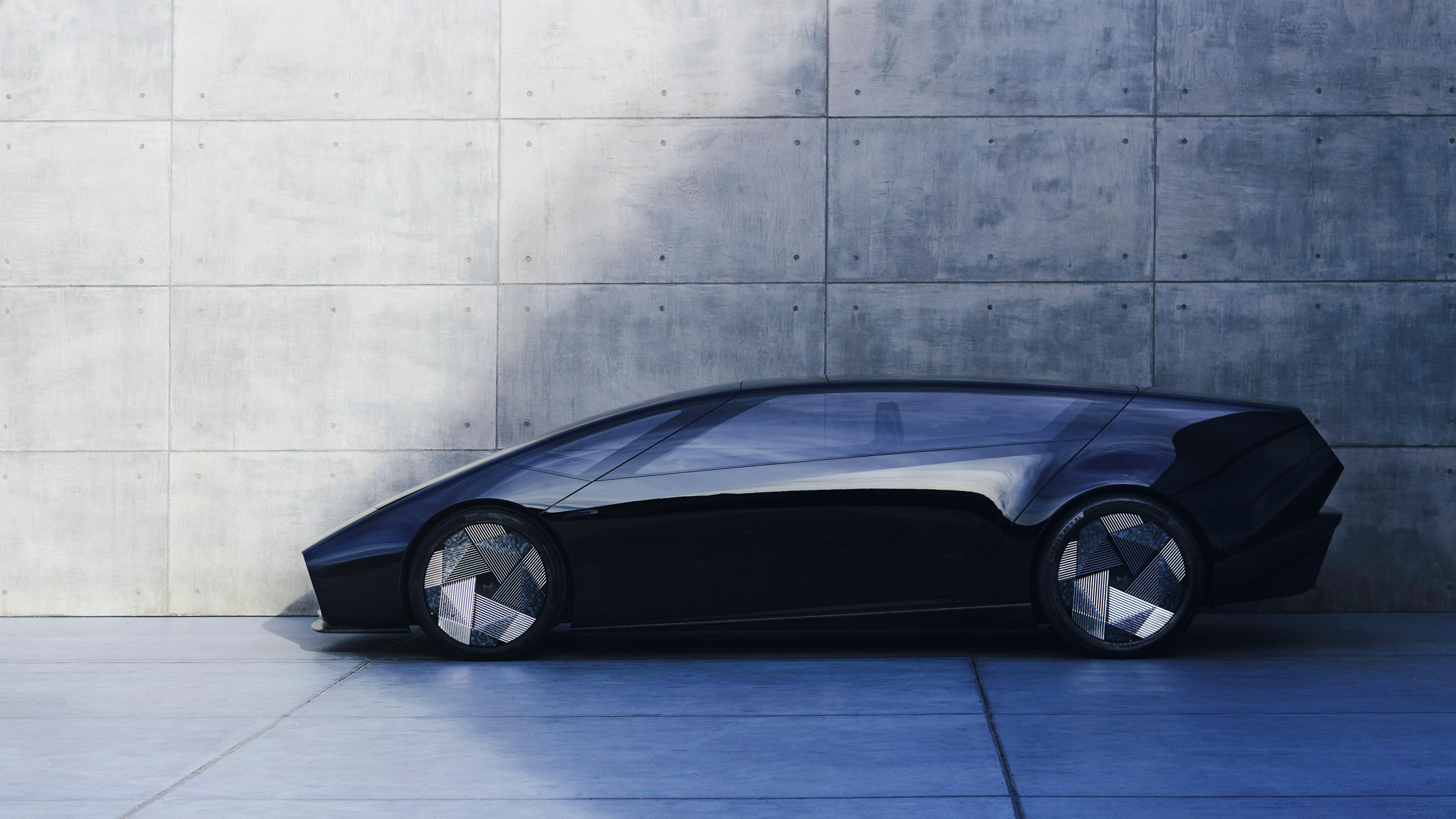 CES 2024 was a showcase for how to shoehorn AI into next-generation cars
CES 2024 was a showcase for how to shoehorn AI into next-generation carsCES 2024 in Las Vegas underlined that future mobility will be shaped by AI, like it or not, as intelligent assistants emerge to guide, plan and converse with their human cargo
By Jonathan Bell
-
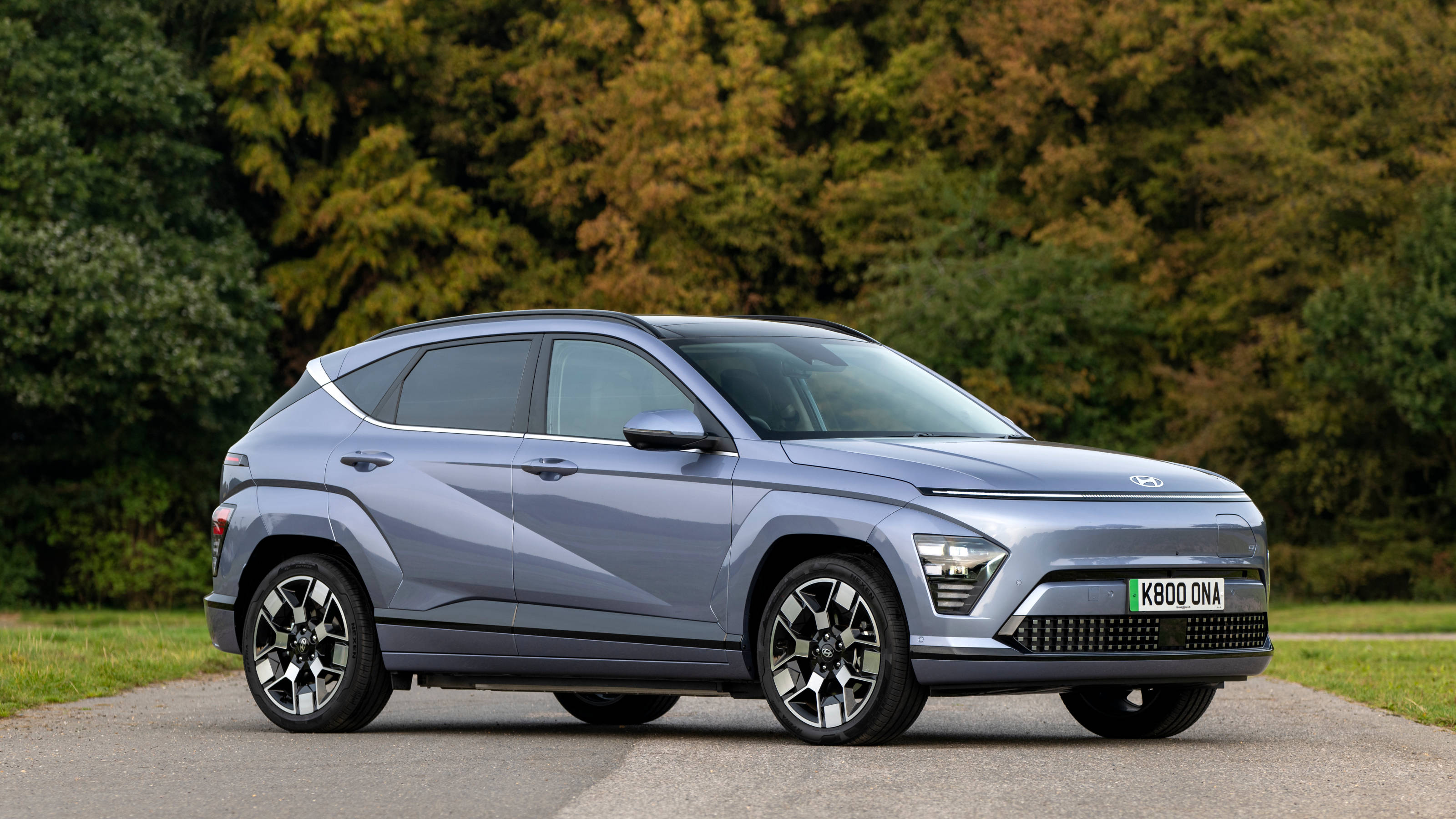 New Hyundai Kona EV is no aesthetic knock-out, but should you really care?
New Hyundai Kona EV is no aesthetic knock-out, but should you really care?The Hyundai Kona EV sneaks unconventional thinking into the mainstream, cloaking excellent tech in wilfully awkward forms
By Jonathan Bell
-
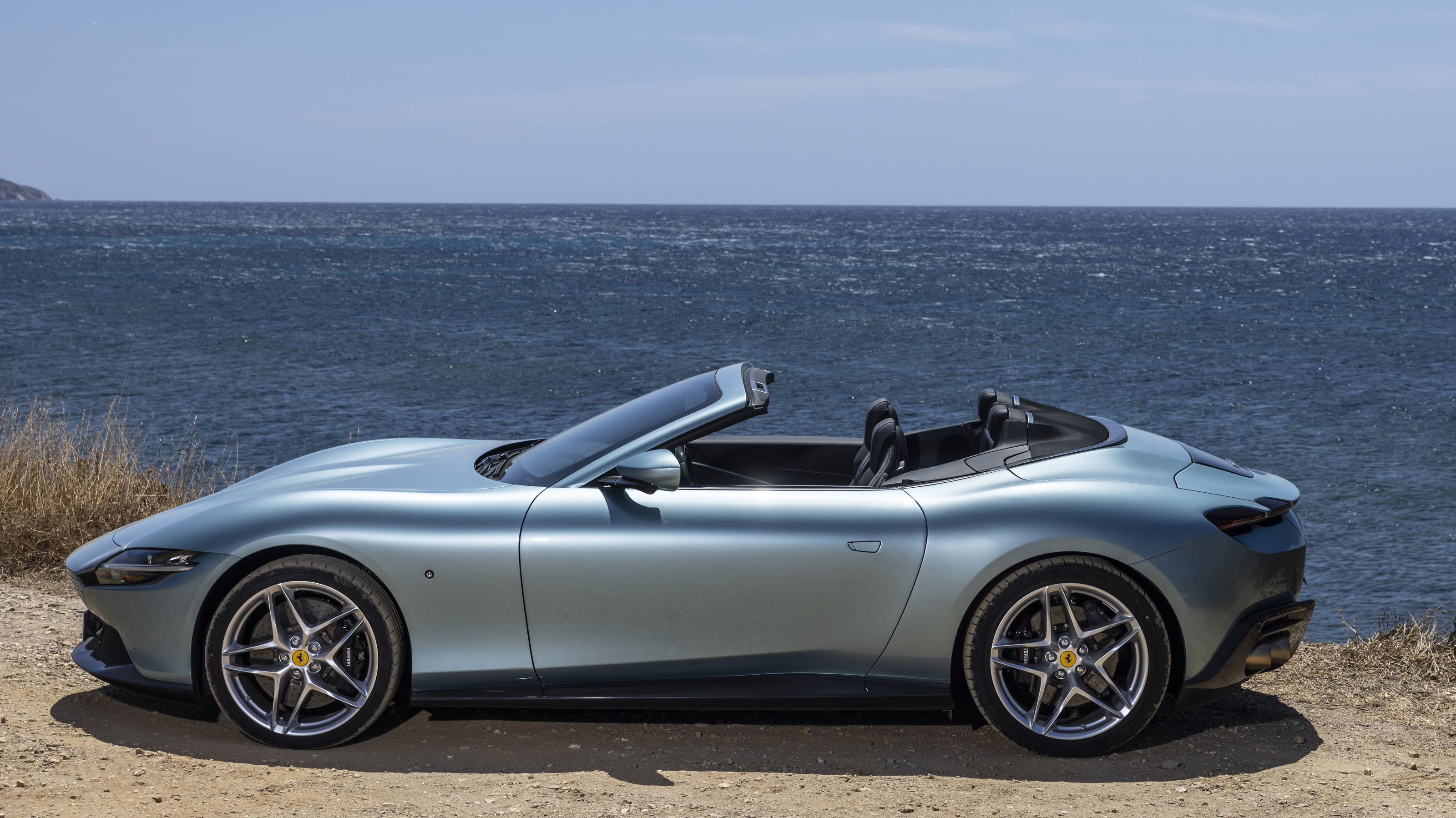 Year in review: the top 10 cars of 2023, as selected by Wallpaper’s Jonathan Bell
Year in review: the top 10 cars of 2023, as selected by Wallpaper’s Jonathan BellWhat were the best four-wheeled offerings of 2023? Transport editor Jonathan Bell takes us through the year’s most intriguing automobiles
By Jonathan Bell
-
 Wallpaper* gift guide: shopping with transport editor Jonathan Bell
Wallpaper* gift guide: shopping with transport editor Jonathan BellFrom a spin on the Lego Ideas Orient Express to the world's most stylish e-scooter, practical meets playful in this on-the-go gift guide
By Jonathan Bell
-
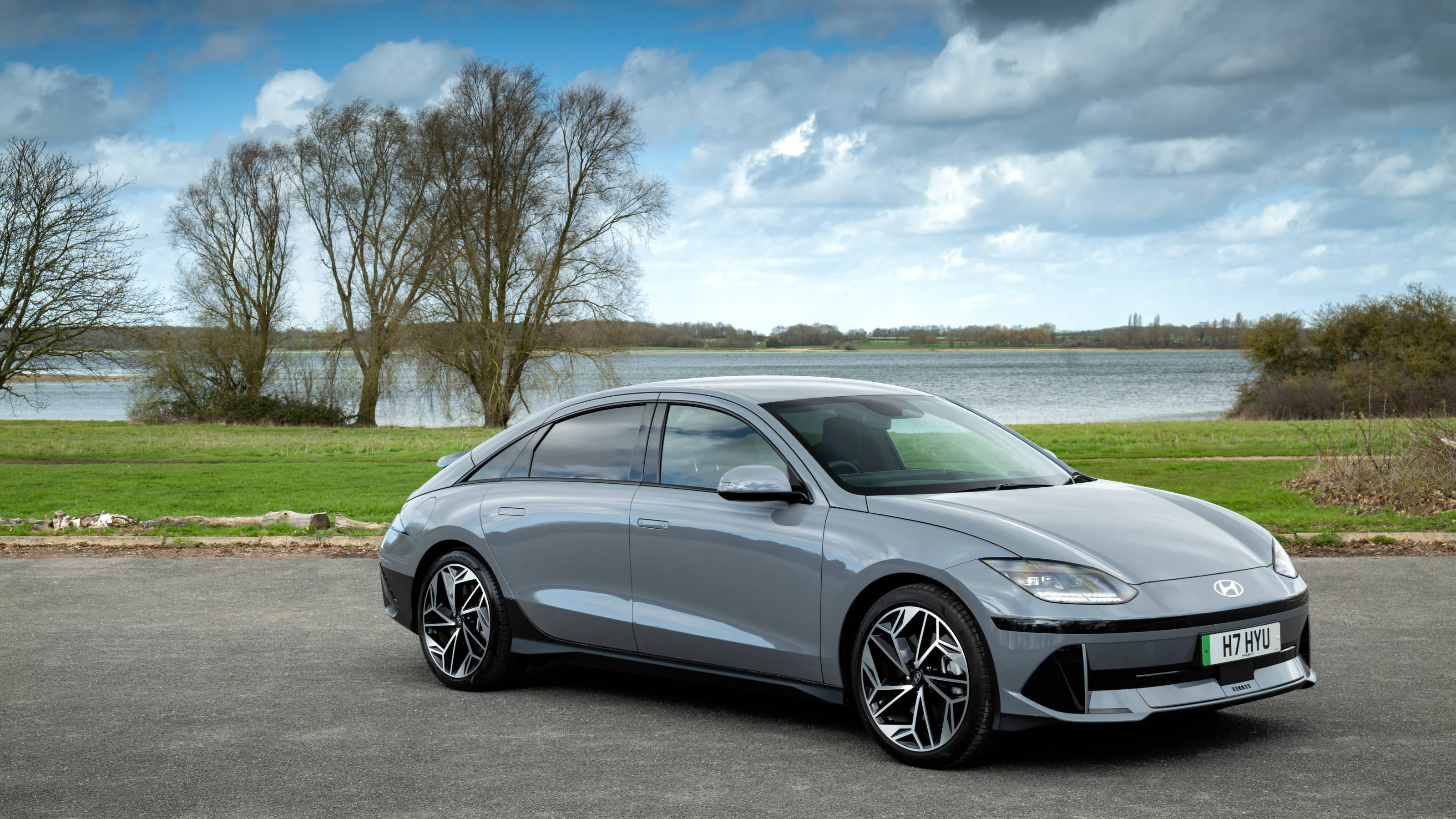 Hyundai Ioniq 6, the brand’s newest EV, impresses with its all-round ability and sweeping lines
Hyundai Ioniq 6, the brand’s newest EV, impresses with its all-round ability and sweeping linesWe drive the Hyundai Ioniq 6, an electric sports saloon with an idiosyncratic sense of style and lashings of tech
By Jonathan Bell